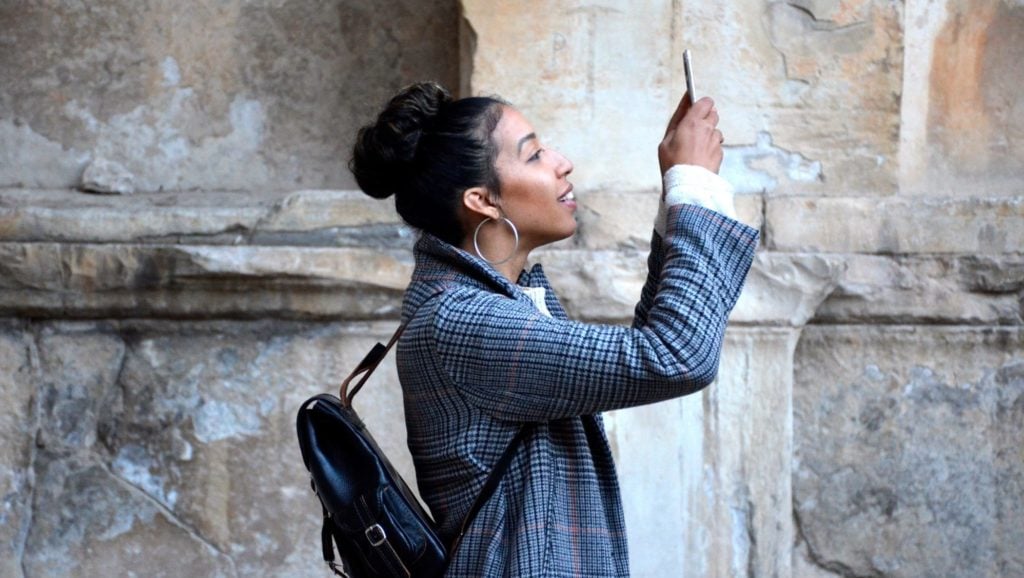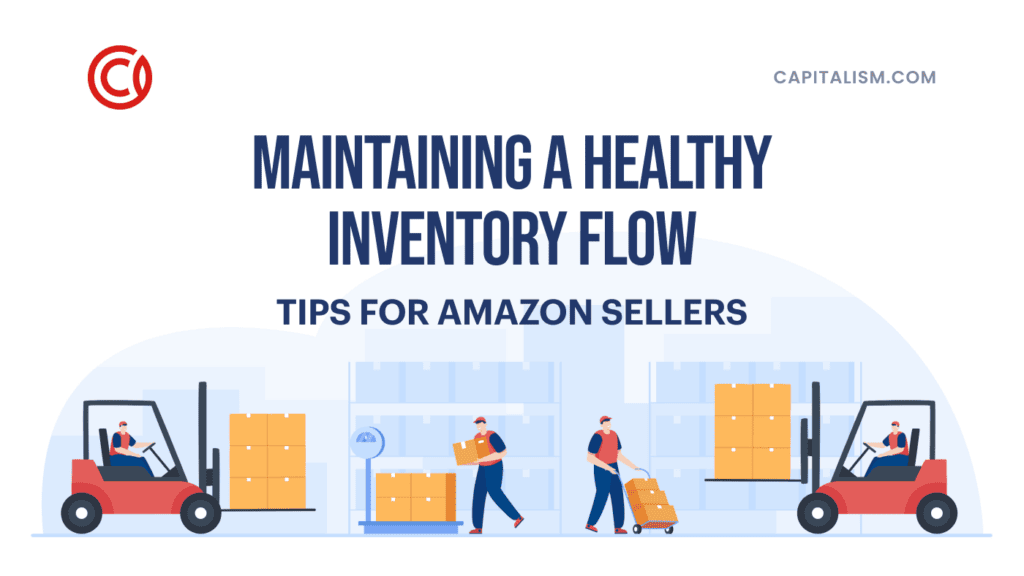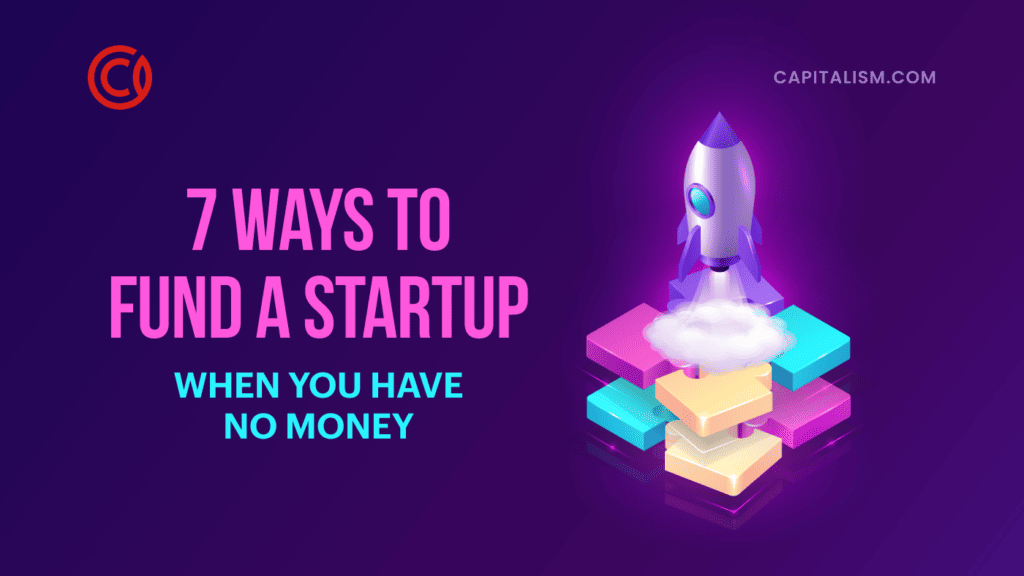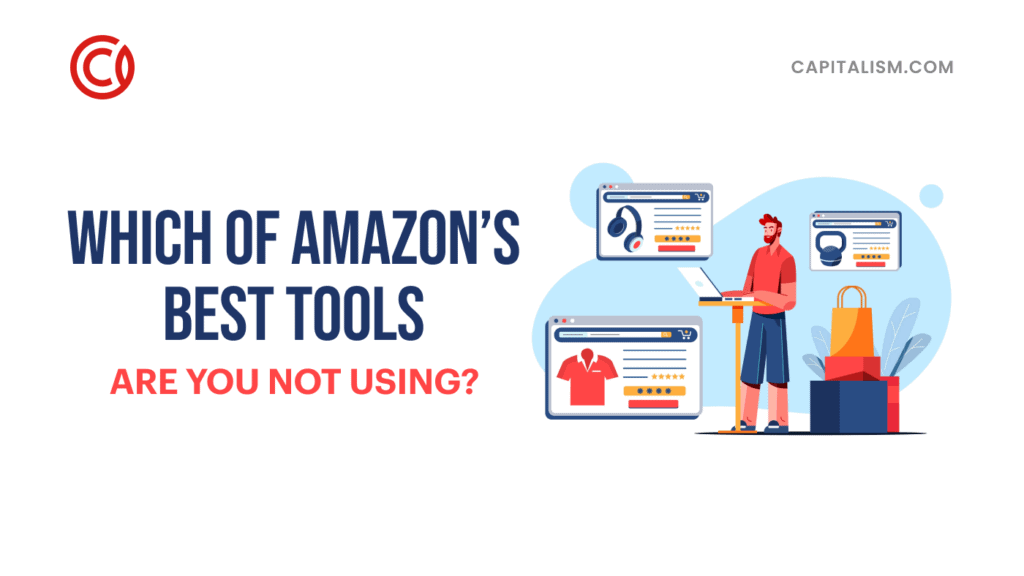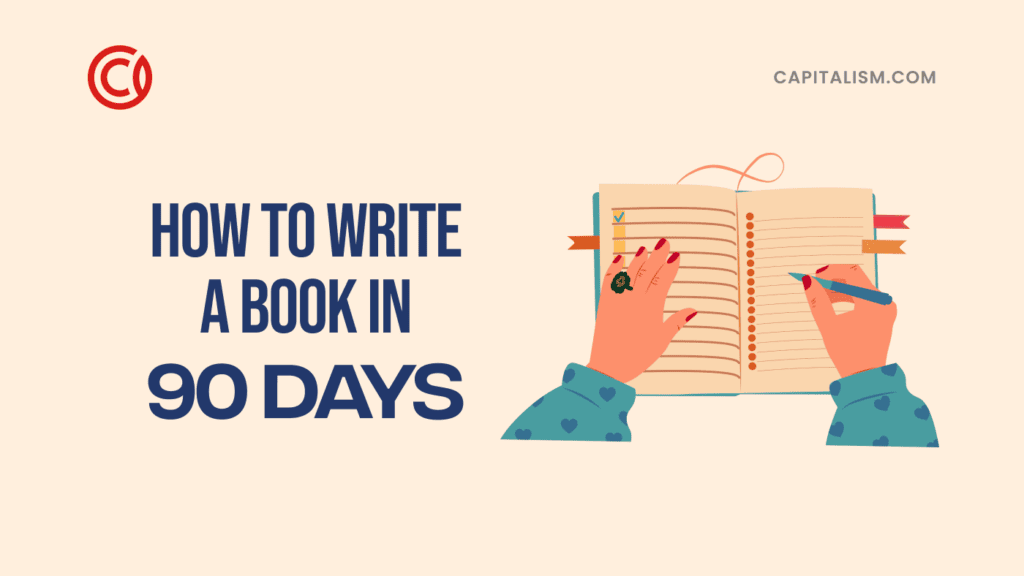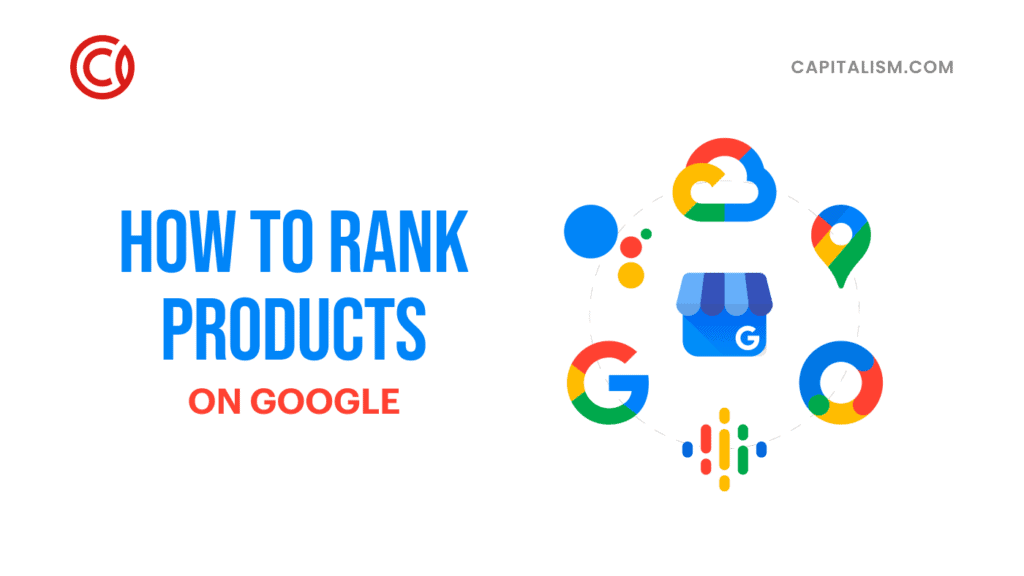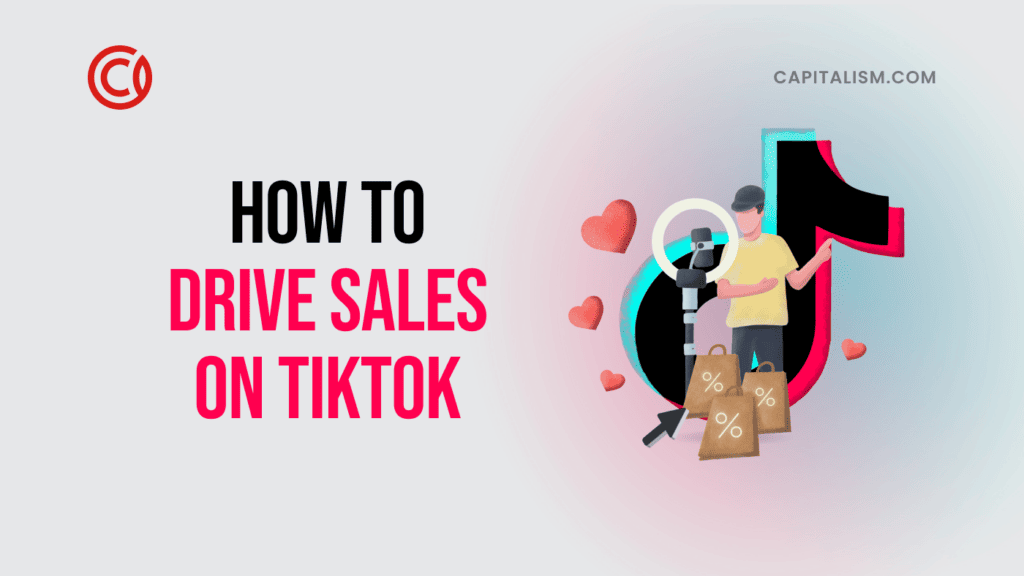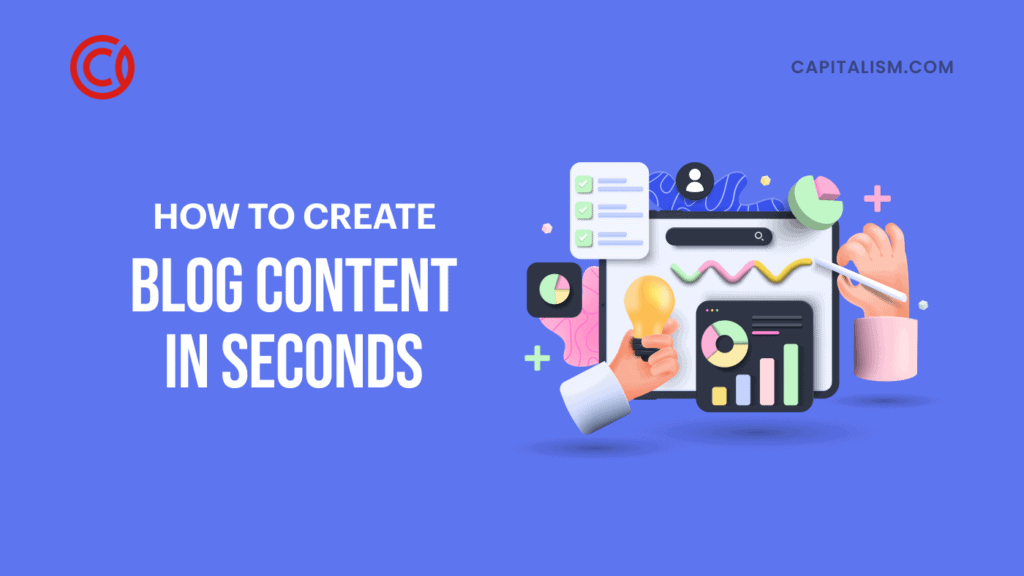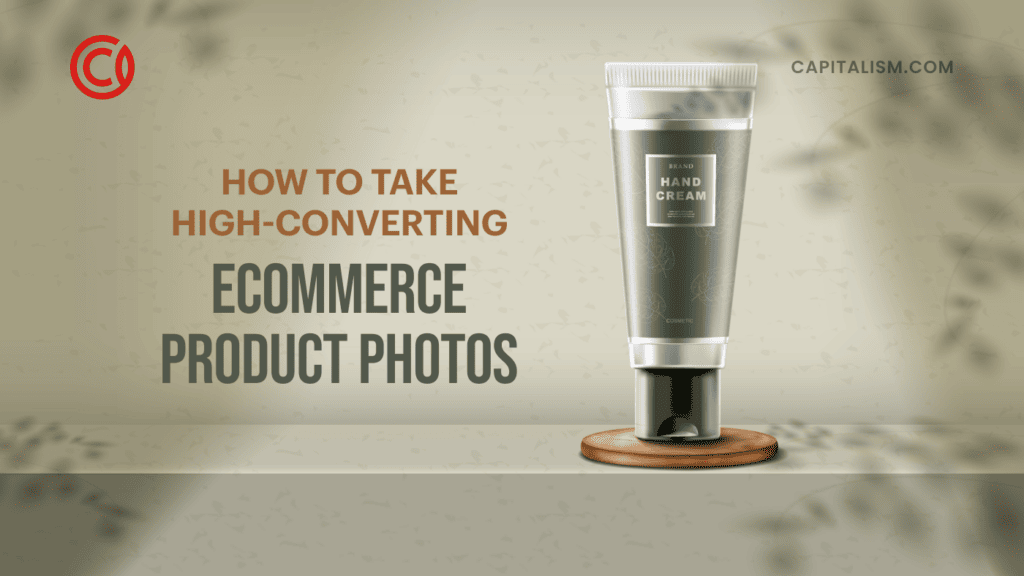When you hear the phrase "influencer marketing," what best practices come to mind?
Most people think of celebrities. A famous or influential person with a significant amount of power and reach. While this definition is accurate, it's only half of influencer marketing best practices.
Influencers aren't who we think they are.
It's no secret that shoppers don't trust advertising. These days, celebrities aren't as influential as they used to be. Shoppers know this already so it's no surprise they've directed their trust elsewhere.
Okay, who do shoppers trust?
Their peers.
A survey of 14,000 millennials found they're influenced by their peers. These peer-to-peer relationships are 10 times more likely to drive in-store sales. It's the same thing with other customer segments.
Influencer marketing works like gangbusters.
- It produces an ROI that's 11 times greater than traditional advertising.
- With influencer marketing, brands acquired customers 2x faster.
- When it comes to attracting new customers, it's 10x more effective than affiliate marketing.
- Brands received an average of $7.65 for every dollar invested in influencer marketing.
Study after study shows that influencer marketing offers amazing returns on investment. It's dramatically outperforming other forms of marketing. So why isn't influencer marketing working for some entrepreneurs? Why is it a struggle for so many marketers?
Pitfall #1: Your influencers aren't influencers
They're fake influencers.
A New York Times exposé showed athletes, celebrities, politicians, and professionals had one thing in common. They all had millions of fake followers. Social media is filled with "influencers" who aren't as influential as they'd have you believe.
They write books, star in movies and create content. A few of their achievements are noteworthy, but their inflated price range means they're out of reach for the average brand.
Micro influencers are even worse.
These people are willing to do whatever it takes to get paid. They're not really an "influencer," they just knew how to game the system and manipulate you.
Skeptical?
Just ask Alexa Rae "calibeachgirl310" and Amanda Smith "wanderingggirl." These Instagram influencers can show you the truth behind fake micro influencers. What makes these two influencers so special?
They're not real.
Marketing agency Mediakix created these two fake personas to prove a point. Using stock photos, Mediakix added content to their personas. For their first account, they paid a model. They used stock photos for the second, choosing photos that avoided showing the model's face directly.

Mediakix spent a little over $1,100 dollars (e.g. hiring a model, purchasing stock photos, buying followers) they created two Instagram "influencers" who were worth absolutely nothing.
Brands came running.
Mediakix landed two brand deals using these fraudulent accounts. Each persona had two "sponsors." A swimsuit company, a national food and beverage company, and an alcohol brand totaling $500. Incredibly disturbing once you see how easy it is to become an "influencer."
Pitfall #2: Influencers with poor character and terrible values
In an ideal world, your influencers have good character. They're good, honest, decent people who have worked hard to achieve their status and influence.
"Ideal" isn't as common anymore.
These days, many social media personalities feel they're under tremendous pressure to perform. Some of these people don't handle the pressure all that well, choosing to lie, cheat or steal to get the attention they want. This strategy works in the short term but backfires horribly in the end.
Cue the strongmen of Instagram.
MEL Magazine wrote a story about the "strongmen" of Instagram. These are lifters who (allegedly) use fake weights to boost their online profile. Brad Castleberry is an infamous example.
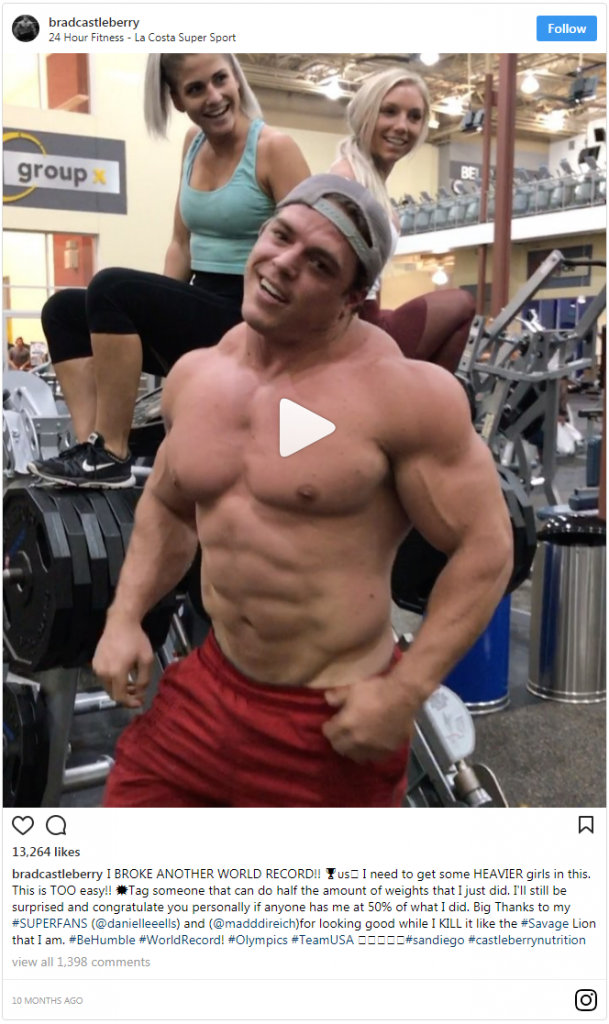
Castleberry routinely posts videos of himself "breaking world records" set by bonafide strongmen. When asked to verify his claims publicly in front of a governing body he declines. Naive followers flock to these "strongmen," using them as a template for their own success.
It's a recipe for disappointment.
This corruption extends to every industry. Beauty, fitness, healthcare, military - you name it. Many of these "influencers" are willing to do whatever it takes to get what they want. That's very bad news for brands because the disaster that sticks to them, eventually sticks to you.
Influencer marketing isn't what you think it is
Influencers are powerful and noteworthy. They have a sizable audience and a powerful network. Tools you can use to grow your business quickly. Here's the thing - influencer marketing works but it's loaded with danger. It's the wild west of marketing. Social networks are struggling to eliminate the abuse so it's up to you.
Want to become solid on influencer marketing best practices? Do your homework first.
- Analyze influencer followers. Are the accounts active? When was the last time they shared content? It's a bad sign if followers post gibberish, spammy comments or are missing profile pics. Fake followers tend to have minimal account activity.
- Check engagement levels. You're looking for engagement from at least 2 to 10 percent of their audience. Notice an influencer with 350K followers but only 50 likes and 10 comments? Something's wrong. Maybe they purchased their followers, maybe their audience is disengaged. It's bad for you either way.
- Look for character defects. No one knows your brand as well as you do. Take some time to study your influencers. Have they made any serious mistakes? Are they involved in something negative or unethical? Take some time to analyze any potential partners. Remember, whatever sticks to them eventually sticks to you.
- Ask micro/moderate influencers to setup reference calls. This step eliminates the vast majority of fraudsters. Here's how it works. Offer influencers a nice payday. Be sure to exchange the info you need - results you expect, what they provide, timeframes, budgets, etc. Hint that you're willing to pay a premium rate (be truthful, obviously). Then, ask influencers to arrange a call/email with a relevant reference. Fraudsters will do everything they can to avoid this while legitimate influencers will jump at the chance to be paid more for their work.
You're looking for signs of life. Details that show your influencer is legitimate.
When you do your due diligence, you strengthen your position. You're far less likely to be taken advantage of.
Shoppers are sophisticated. They're not as interested in celebrity recommendations these days. They're influenced by their peers.
Influencer marketing outperforms traditional advertising - if you avoid the pitfalls. We've looked at two of the more serious pitfalls you're likely to run into, but make no mistake, there are more that fall under influencer marketing best practices.
Your shoppers are sophisticated. You will be too, as long as you do your homework.
MORE DIGITAL MARKETING STRATEGIES ON CAPITALISM.COM:
• How to Maximize Selling Through Messenger Apps Before the Next Facebook Update
• 5 Steps to Avoid Paying the ‘Stupid Tax’ and Maximize ROI Using Google AdWords
• These 4 Digital Marketing Experts Share the Secrets to High ROI on YouTube Advertising
